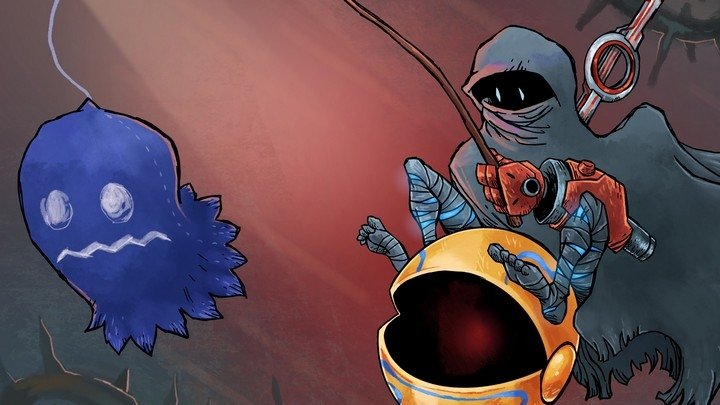How R.P.M. Racing created double-rez SNES graphics with one weird trick
Kids, don't try this at home(brew).
This week's Super NES Works video brings us one of the more unique games on Super NES. Note that "unique" doesn't necessarily mean great, but—certainly there was no other game quite like this. R.P.M. Racing (that's "Radical Psycho Machine" if you're nasty) is a pretty clumsy racing game, which might be explained by the fact that it builds on the bones of a 1985 racing game for Commodore 64. It's also an ugly game, with dithered low-color visuals; indeed, it's probably the least colorful game ever published for the console, looking more like an early PC Engine game or maybe a particularly low-effort Genesis budget effort. Given that one of Super NES's biggest selling points was its rich color palette and expansive shading features, it would seem to be missing the point.
But, these compromises happen for a reason: This is the only American Super NES game to have run entirely from start to finish in double-resolution mode. Where other Super NES games run at 256x224 resolution, R.P.M. Racing's visuals ran at 512x448. The only other U.S. release I know of to have even come close to making such extensive use of the high-rez feature of the console was Street Combat, which we discussed on last week's Ranma 1/2 episode. But even that didn't go all-in the way R.P.M. Racing did.
The downside of double-resolution was the reduction to half-color. Less than half, really, since we're talking bit depth here. Rather than being able to display the usual 8-bit color palette (256 colors) you saw in Super NES games, R.P.M.'s use of hardware graphical Mode 5 (or possibly the very similar Mode 6) traded double pixels for mere 4-bit color (16 colors). You didn't see many games use Mode 5 or Mode 6 outside of menus, and R.P.M. Racing is probably why. It was an object lesson for ambitious Super NES programmers.
Still, this game does constitute a remarkable technical effort on behalf of its programmer, Rebecca Heineman. Not only did she program the entire game to run in double resolution, it's also the first on Super NES to contain simultaneous split-screen racing and the first to contain a level editor with half a dozen battery-backed save slots dedicated to retaining player creations. Is it a good game? Oh, no. Not at all. But it's impressive all the same. It's both radical and psycho. Talk about truth in naming.




